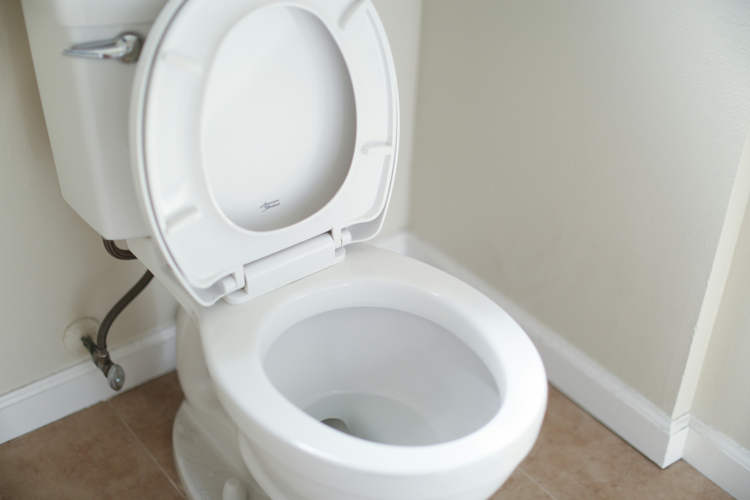Believe it or not, the hospital at National Institutes of Health in Washington now has a fully stocked bar! Well, don’t worry, the bar is fake and all the bottles are actually filled with colored water. The whole setup is a part of an experiment to test the effectiveness of a new anti-drinking drug. The dimly lit replica bar is designed to amplify the alcohol craving of test participants in order to determine if the pill is able to counter the urge to drink.
“The goal is to create almost a real-world environment, but to control it very strictly,” said Dr. Lorenzo Leggio, lead researcher of the project. He revealed that the pill contains a hormone called ghrelin that is believed to increase appetite for food and perhaps inhibit the desire for alcohol.
NIH’s bar lab is one of about a dozen other versions in the US that are focused on experimenting with ghrelin. The hormone is produced by the stomach, and controls appetite via receptors in the brain. Researchers have discovered an overlap between receptors that fuel overeating and those that encourage alcohol cravings in the body. Dr. Leggio is now involved in testing whether blocking ghrelin’s actions also blocks those cravings, using an experimental drug that was originally developed for diabetes but never sold.
Photo: Cliff Owen/AP
Studies suggest that about 17 million people in the United States alone are affected by alcohol disorders, but only a fraction of them receive treatment. There is no single effective therapy, because different people respond in different ways, depending on their genes. Some people respond well to drugs that contain naltrexone, which blocks alcohol’s feel-good sensation by targeting brain receptors. Others respond better to pills with acamprosate, which appear to calm stress-related brain chemicals in certain people.
Photo: Cliff Owen/AP
“Our hope is that down the line, we might be able to do a simple blood test that tells you if you will be a naltrexone person, an acamprosate person, a ghrelin person,” said Dr. George Koob, director of NIH’s National Institute of Alcohol Abuse. He also suggested that a recovering alcoholic needs a combination of several factors to be able to finally change habits.
via Kentucky.com














